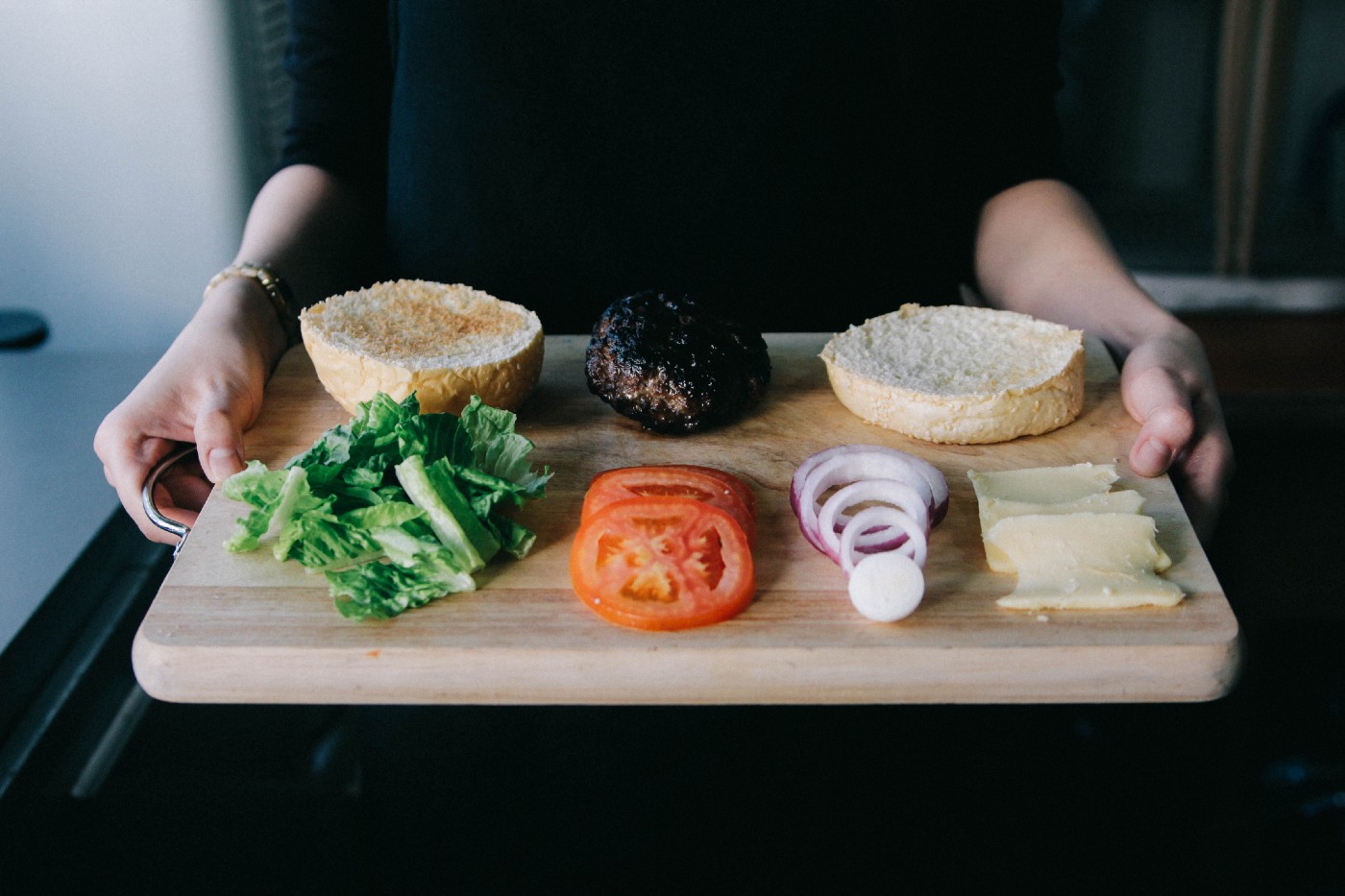Clean Application — Hamburger Menu
The third part of a step-by-step tutorial to build a clean, lightweight, and extremely fast web application.

This is the third part of a step-by-step tutorial to build a clean, lightweight, and extremely fast web application together without any fast-food frameworks. Please check out the previous part if you haven’t already:
The hamburger menu button, as the name suggests due to its appearance as a pixel hamburger, is a button that is usually positioned at the top corner of a graphical user interface (GUI). Its basic functionality is in toggling a menu or providing a navigation bar by being collapsed behind the menu button or displayed on the screen. Further detailed explanation about this type of button can be found on Wikipedia.
+--------------------------------+
│ HEADER AREA ☰ │
+--------------------------------+
│ │
│ │
│ CONTENT │
│ AREA │
│ │
+--------------------------------+
│ FOOTER AREA │
+--------------------------------+
This trigram symbol (☰), at the top right corner of the above diagram, can be added using the below Unicode symbol:
:after {
content:'\2630';
}
For our exercise, we will try to create a more smooth and animated menu button for a better user experience.
Creating a Simple Navigation Menu
As done before, for the purpose of simplicity, we will reuse our earlier application by creating the 03-nav folder and copying the contents of 02-positions into this newly created folder.
Our directory structure will look like the following:
03-nav
├── styles
│ ├── app.css
│ ├── flex.css
│ ├── nav.css
│ └── theme.css
└── index.html
First of all, let us update the <header> by adding our navigation menu to the index.html page:
<header>
<h1>Header</h1>
<nav id="nav">
<input type="checkbox" aria-label="Toggle menu">
<div class="hamburger"><span></span></div>
<ul class="menu">
<li><a href="./index.html">Home</a></li>
<li><a href="./index.html">About</a></li>
<li><a href="./index.html">Contact</a></li>
</ul>
</nav>
</header>
Next, we can create nav.css file. Behold! a lengthy coding awaits ahead:
nav {
display: block;
float: right;
left: -1em;
padding-top: .2em;
position: absolute;
user-select: none;
width: 100%;
z-index: 1;
-webkit-user-select: none;
}
nav input,
nav .hamburger {
height: 32px;
position: absolute;
right: 0;
width: 40px;
}
nav input {
display: block;
opacity: 0;
z-index: 2;
-webkit-touch-callout: none;
}
nav .hamburger span,
nav .hamburger span:before,
nav .hamburger span:after {
border-radius: 4px;
height: 2px;
position: absolute;
transition: transform .15s ease;
width: 35px;
}
nav .hamburger span {
display: block;
margin-top: 8px;
transition-duration: .4s;
transition-timing-function: cubic-bezier(.68, -.55, 0.265, 1.55);
}
nav .hamburger span:before,
nav .hamburger span:after {
content: "";
display: block;
}
nav .hamburger span:before {
top: 10px;
transition: opacity .15s .4s ease;
}
nav .hamburger span:after {
bottom: -10px;
top: 20px;
transition: transform .4s cubic-bezier(.68, -.55, .265, 1.55);
}
nav ul {
bottom: 0;
left: 0;
list-style-type: none;
opacity: 0;
padding: 2.5em 1em;
position: fixed;
right: 0;
top: 4em;
transform-origin: 0% 0%;
transform: translate(0, -200%);
transition: transform 0.5s cubic-bezier(0.77, 0.2, 0.05, 1.0), opacity 0.5s ease-out;
text-align: right;
width: 100%;
-webkit-font-smoothing: antialiased;
z-index: 99;
}
nav input:checked ~ ul {
opacity: .95;
transform: none;
z-index: 99;
}
nav input:checked ~ .hamburger span {
transform: translate3d(0, 10px, 0) rotate(135deg);
transition-delay: 0.1s;
}
nav input:checked ~ .hamburger span:before {
opacity: 0;
transition-delay: 0s;
}
nav input:checked ~ .hamburger span:after {
transform: translate3d(0, -20px, 0) rotate(-270deg);
transition-delay: .1s;
}
nav .menu a {
display: inline-block;
margin: 1em 0 0;
padding: 1em 1em .8em;
text-decoration: none;
text-transform: uppercase;
}
nav .menu .active,
nav .menu :active {
border-radius: 3px;
}
@media only screen and (min-width: 768px) {
nav .hamburger {display: none;}
nav, nav ul {padding: 0; position: static; margin: 0; width: auto;}
nav ul {opacity: 1; margin-top: -1em; transform: none; transition: none;}
nav li {display: inline-block;}
nav .menu .active {margin: 1em;}
}
Improving the Presentation
For the purpose of improving the way it appears, we need to update theme.css file so that the menu button is presented smoothly:
nav ul,
nav a {
background-color: Indigo;
color: White;
}
nav .menu a.active,
nav .menu a:active,
nav .menu a:hover {
background-color: DarkMagenta;
}
nav .hamburger span,
nav .hamburger span::before,
nav .hamburger span::after {
background-color: White;
}
Testing the Result
Note: Do not forget to link the nav.css file to the index.html page:
<link href="./styles/nav.css" rel="stylesheet">
Now we can open the index.html page using our browser. The page can be resized (as we had done previously) or emulated for mobile devices using Chrome Dev Tools:
